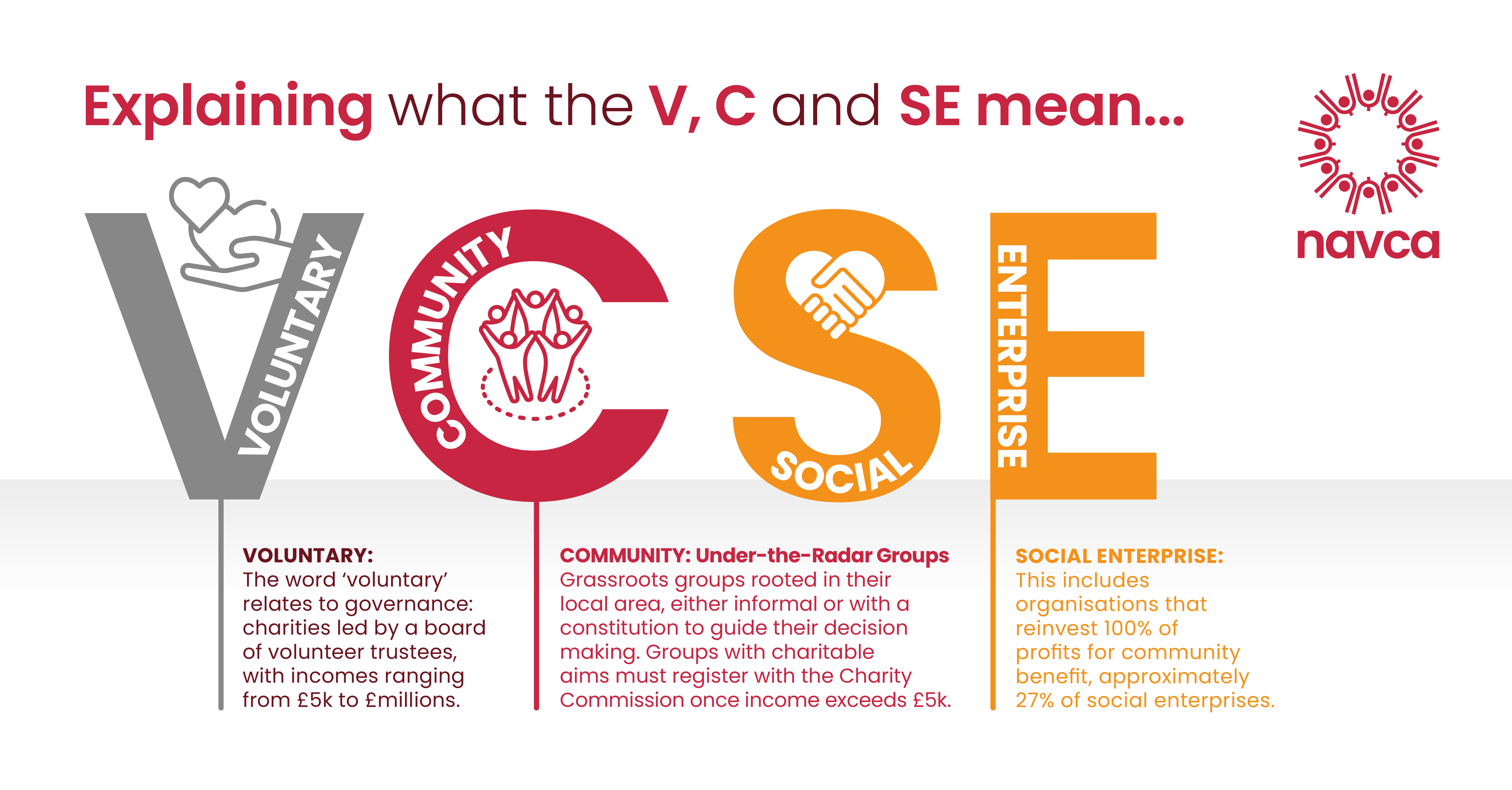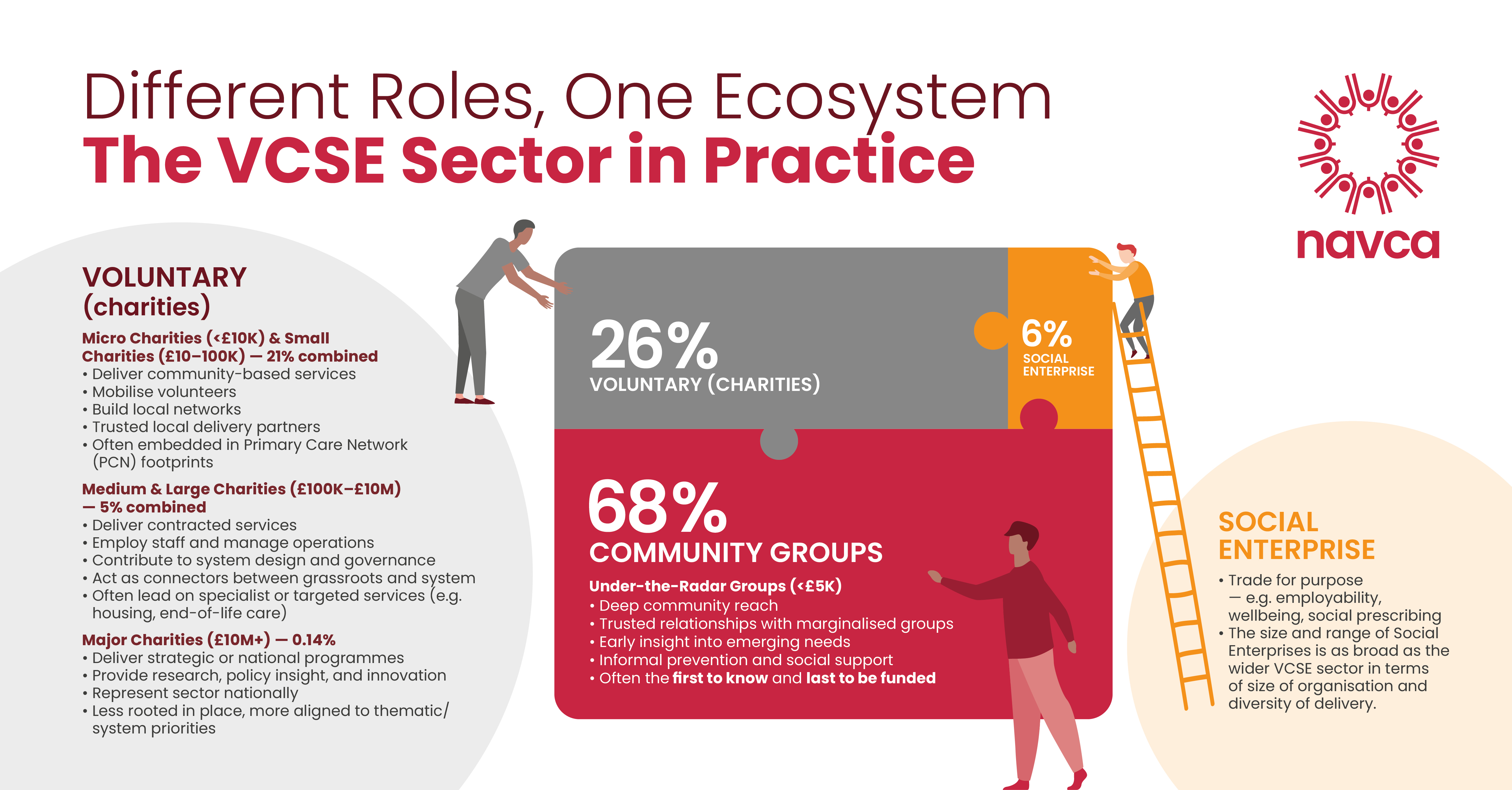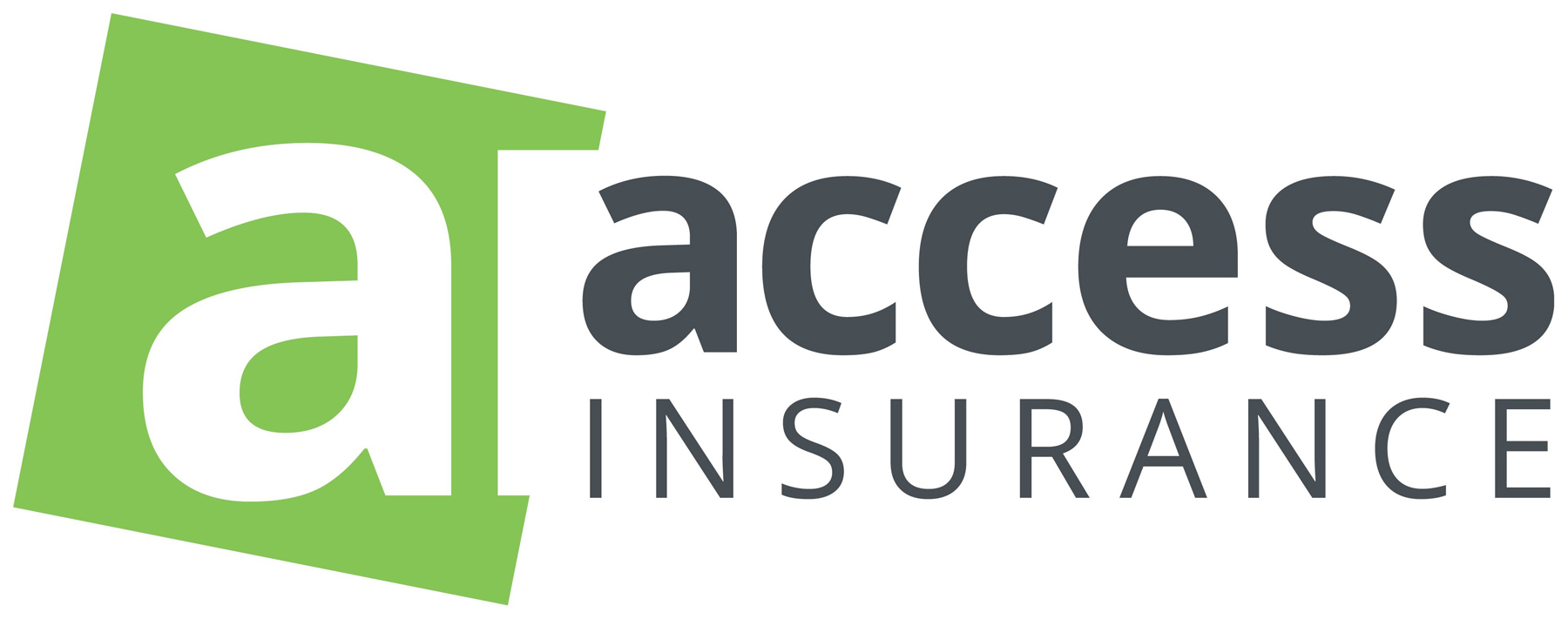Understanding the VCSE sector: a shared language for thriving communities
November 12, 2025
.png)
When people take action on the things that matter to them — whether that’s litter-picking, running a local sports club, or creating spaces to talk about mental health — they build stronger, more resilient communities. Across the country, hundreds of thousands of organisations make up a vibrant voluntary, community and social enterprise (VCSE) sector, doing vital work that helps people and places to thrive.
But what exactly does the VCSE sector do — and what do all those different parts mean?
We know it’s not always easy to explain what each part of the VCSE sector is, the scale of its work, or how essential it is to the wider systems we live and work in. That’s why we’ve created a new set of infographics for NAVCA members to share with local stakeholders, such as health systems and local authorities. These explain the makeup of the VCSE sector, highlighting each category and its proportion within the whole.
This builds on ideas we explored in our microbiome think piece — that the “under the radar” community groups, often unregistered and informal, form the bulk of the sector and must not be overlooked in commissioning and policy.
We’ll be sharing more content over the coming months that highlights how the VCSE sector underpins community wellbeing, and why it’s essential that public service delivery in neighbourhoods connects meaningfully with it — to understand need, value local assets, and build on what already works.
What does VCSE mean?
What’s the difference between a voluntary group and a community group? Where do charities fit in? Who has a board of trustees? Our first infographic breaks this down.
- Voluntary groups are charities, led by a board of volunteer trustees. They can range from small local charities to major organisations with multi-million-pound incomes.
- Community groups are grassroots, place-based groups — sometimes informal, sometimes with a constitution — rooted in local knowledge and relationships.
- Social enterprises reinvest their profits for community benefit. Our infographic focuses on those that reinvest 100% of their profits to strengthen communities.

Size of the VCSE sector
So how does this look in practice? Social enterprises make up around 6% of the sector. Voluntary groups (charities) represent 26%. The majority — 68% — are community groups: small, local, and often unregistered. These groups may be unseen in national data, but their impact is huge. They must be recognised and included in public sector policy and commissioning.

Different roles, one ecosystem
Together, these organisations form a connected ecosystem. Our final infographic explores how each part contributes — from micro-charities and grassroots groups to large national charities — and how they work alongside one another to support local people and drive social change.

Keep an eye on NAVCA channels for more content about the VCSE sector, communities, and neighbourhoods — and how we can keep making the case for a strong VCSE sector together.
These infographics are free to download here: Explaining the VCSE, Size of the sector, Different roles one ecosystem.
NAVCA members can also download copies of the infographics by logging into the NAVCA Member Hub.



